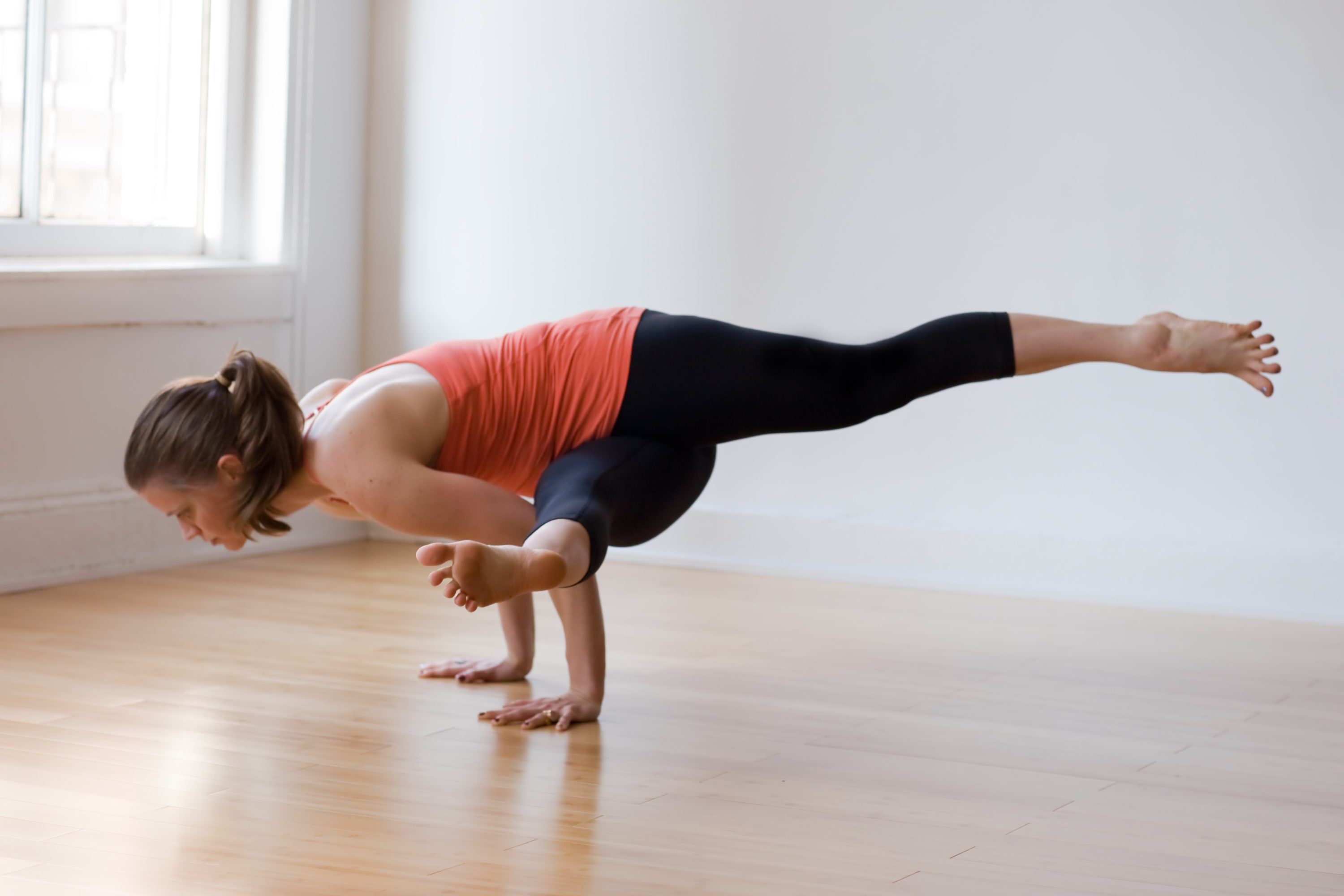 Strength is your ability to produce force. More broadly, it’s the gift that keeps on giving.
Strength is your ability to produce force. More broadly, it’s the gift that keeps on giving.
Its benefits for athletes are well known, but there are many reasons non-athletes and average Janes might seek strength, too. Time and time again, research shows that building strength—improving force production—confers broad health benefits. Some evidenced-based benefits to getting stronger include improved bone density, injury prevention, better balance, and improved confidence, to name a few.
Knowing this, it’s not surprising that the word “strength” is making its way around movement circles these days. Many modalities promise strength—from yoga and Pilates to kettlebells—and while all of these have many possible benefits—movement is medicine!—none guarantee that strengthening will occur.
Modalities don’t make us stronger. Stimuli does.
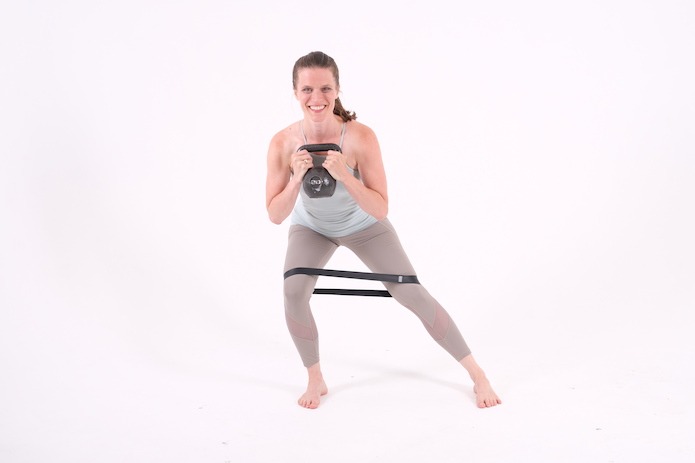
The stimulus for improving muscle force production is resistance. We can alter resistance (scale it up or down) in a number of ways by playing with exercise variations, as well as parameters like weight, reps, and sets, to name a few.
Important to our discussion today is determining whether or not a modality, like yoga asana, will make us stronger. We might wonder, too, if the strength we acquire from our yoga practice will transfer to other ways that we seek to be strong off the mat. The answers to these questions rely, first and foremost, on determining whether or not the stimuli we receive from our practice exceeds the threshold it needs to for strength, as an adaptation, to take place in our body.
Given this, it’s probably best not to rely on marketing to know whether or not our practice is making us stronger, and instead, understand strength a bit better, as well as our personal thresholds and what getting stronger feels like. Here’s a hint: it’s probably gonna feel a little uncomfortable.
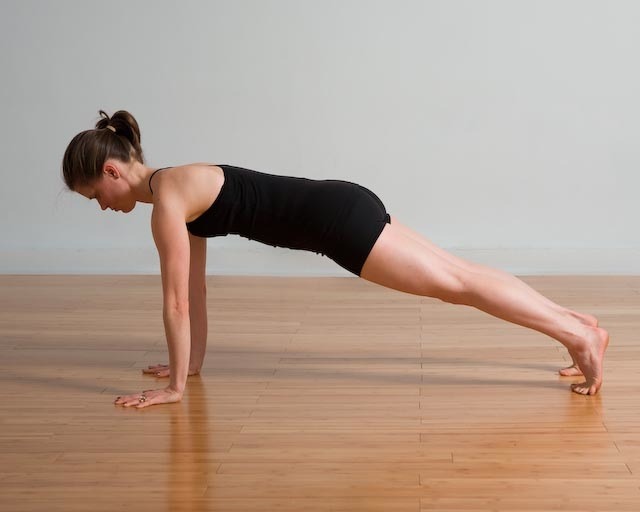
Strength is individual.
Just like everyone’s optimal diet and amount of sleep will be different, everyone’s threshold for strength adaptations to occur will also depend on their training/movement experience. This means certain modalities, delivered in a universally prescribed dose—like a set workout routine with a specified weight, or set yoga sequence—might involve training stimuli that is sufficient for some individuals to gain strength, and it might not for others. It might involve training stimuli that is sufficient for some to gain strength for a while, but if the stimuli doesn’t progress, they will quickly plateau.
We hear this question a lot—is yoga strengthening? The answer is: It depends on the person and the dosage.
Same goes for Pilates, kettlebells, or anything with resistance bands.
From a teaching perspective, this fact presents some challenge. It’s much easier to assume that everyone can get some 20lb dumbbells and do 3 sets of 10 reps of everything and get stronger.
If I had a penny for every time someone DM’d me on Instagram to ask “what weights should I get” I’d have enough money to buy another over-priced kettlebell.
It’s also tempting to believe that everyone who regularly does your “challenging” Vinyasa flow sequence, your yoga with resistance bands class, or your yoga with hand weights class is benefiting by getting stronger.
But unless we know each student’s history of loading, we simply can’t know if these inputs will help individual students improve their force production under the unique circumstances each of these classes present. It’s very possible that for some people in some exercises, poses, and transitions, they will see strength gains (temporarily, at least.) It’s also possible that for other people, they might not. For others still, it could be way too much stimuli and result in pain or injury—definitely not where we want to go.
So instead of trying to fit strength in a one-size-fits-all modality, let’s examine a key feature that might make a modality more likely to result in strengthening (for more people more of the time.) This way, if our goal is to get stronger, we might seek out modalities that are more effective for accomplishing these goals.
External loading equipment that ranges from light to heavy allows us to scale stimuli within a variety of movements for a variety of individuals.
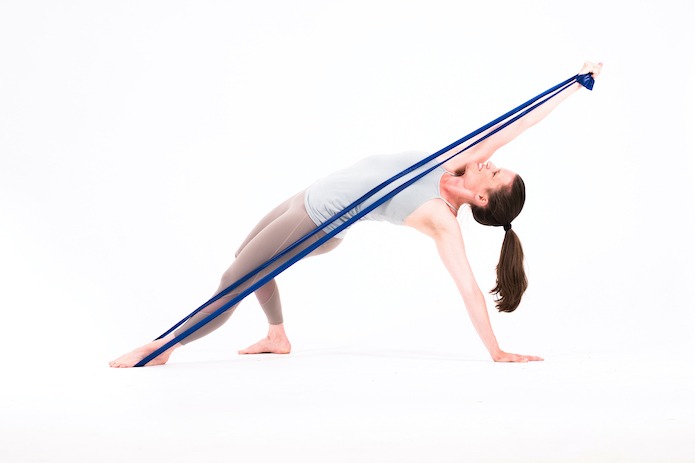
Being able to add or subtract external load is helpful if strengthening is the goal. We all know that everyone is different, however, maybe less commonly considered is how as individuals, we are also different every day. What we need for building strength early on in our journey to get stronger is not what we’ll need later on. As we get stronger, our thresholds for strengthening stimuli go up. Eventually, we’ll need more resistance than bodyweight. If we fail to increase the level of resistance that we work against, we may still absolutely benefit from the exercise or modality in a number of ways, but we won’t continue to get stronger from it. Instead, we may plateau or our strength may actually decrease.
This is why free weights and resistance bands are very convenient. Both allow us to scale training stimulus easily. Resistance bands are definitely the lower cost, more space-saving equipment of the two options, however, for most high load, mulit-joint movements that we’d use to progress our strength (think deadlifts and squats) resistance bands are often less practical for a number of reasons including that they might not offer enough resistance in these lifts.
To avoid pitting these two types of equipment—bands and free weights—against each other, it’s more helpful to value them in combination. Both can be used in very different ways in different exercises. Ultimately, it’s probably worthwhile to have both.
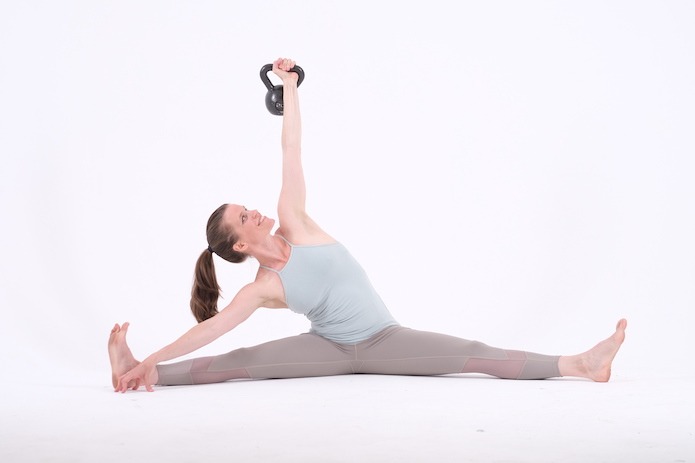
In contrast, traditional postural yoga utilizes mostly body weight as the source of resistance. Body weight is also scalable through propping, body position, and orientation. But those adjustments are not as readily available or scaleable as simply being able to alter external load.
In addition to examining the characteristics of a modality, we might also examine our exertion levels to see how this insight can inform whether or not what we’re doing is strengthening.
Awareness of our levels of exertion is key to avoiding over-doing it. But maybe more important to our discussion here is that it’s also key for avoiding under-doing it, too.
For me, the practice of mindfulness has helped me tremendously in connecting to the concept of exertion, or being able to feel into whether or not I’ve exceeded my personal threshold for strengthening to occur with the strength program I’m using. Let’s review:
I decide to lift weights and I’ve got external load to do it, but merely lifting weights a number of reps and sets doesn’t guarantee I’ll get stronger. Instead, it depends on whether I’m loading sufficiently to yield strength adaptations. Here’s where internal awareness of exertion—how we feel while undergoing this programming—can be a crucial gauge.
You see, it’s actually really easy for students to under-load, especially in a group class scenario where the teacher or coach has failed to help students scale the training stimulus appropriately based on individual thresholds. This is why I spend a good amount of energy educating students about exertion—what it is, what it feels like, and how much of it to explore.
Awareness of exertion is awareness of our thresholds. It’s how close we are to failure, or that point when we are not able to complete another lift, or hold a position for another few seconds. What that proximity feels like is how get to know our thresholds from the inside.
Conveniently, observations like muscles burning, heart rate, and rate of breathing are all signs that we are a certain distance from failure.
For example if we’re not feeling too much muscle discomfort, or our heartbeat and rate of breathing is relatively slow, these internal states might indicate we are not working very hard, which is another way to say that we are far away from failure. This means we’re likely too far away from the threshold we’d need to surpass for strengthening to occur.
Meanwhile, muscle discomfort, a fast heart beat, and a quick rate of breathing might indicate that we are getting closer, or that we’ve reached or surpassed that threshold for strengthening to occur.
Being able to identify our level of exertion is important for us to individualize our training stimulus, rather than competing with the person next to us. It’s key for working above the necessary threshold for strength adaptations to occur. It’s also important for helping us respond to our day to day needs. This way, on days when we need to do less, we can avoid blowing past our body’s signals and risk burn out, pain, or injury.
Yoga has been one of the primary ways that I’ve engaged in refining states of internal awareness which has made it invaluable for helping me learn to build strength.
In fact, it’s a key reason why I consider strength training a part of my yoga practice. Connecting to our bodies on a regular basis—in a variety of ways like lifting weights, doing chores, or even engaging in tough conversations with someone—means getting clearer about where our thresholds are, how to stay above those required for growth and under those, that when surpassed, result in damage and disrepair.
Maybe that kind of intelligence and insight is its own kind of strength. In the end, it can help make us better capable of accessing the full range of experiences in our bodies and minds.
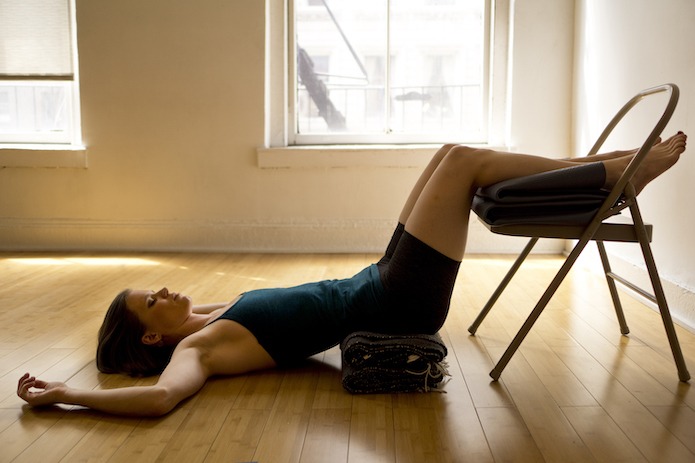


Leave a Reply